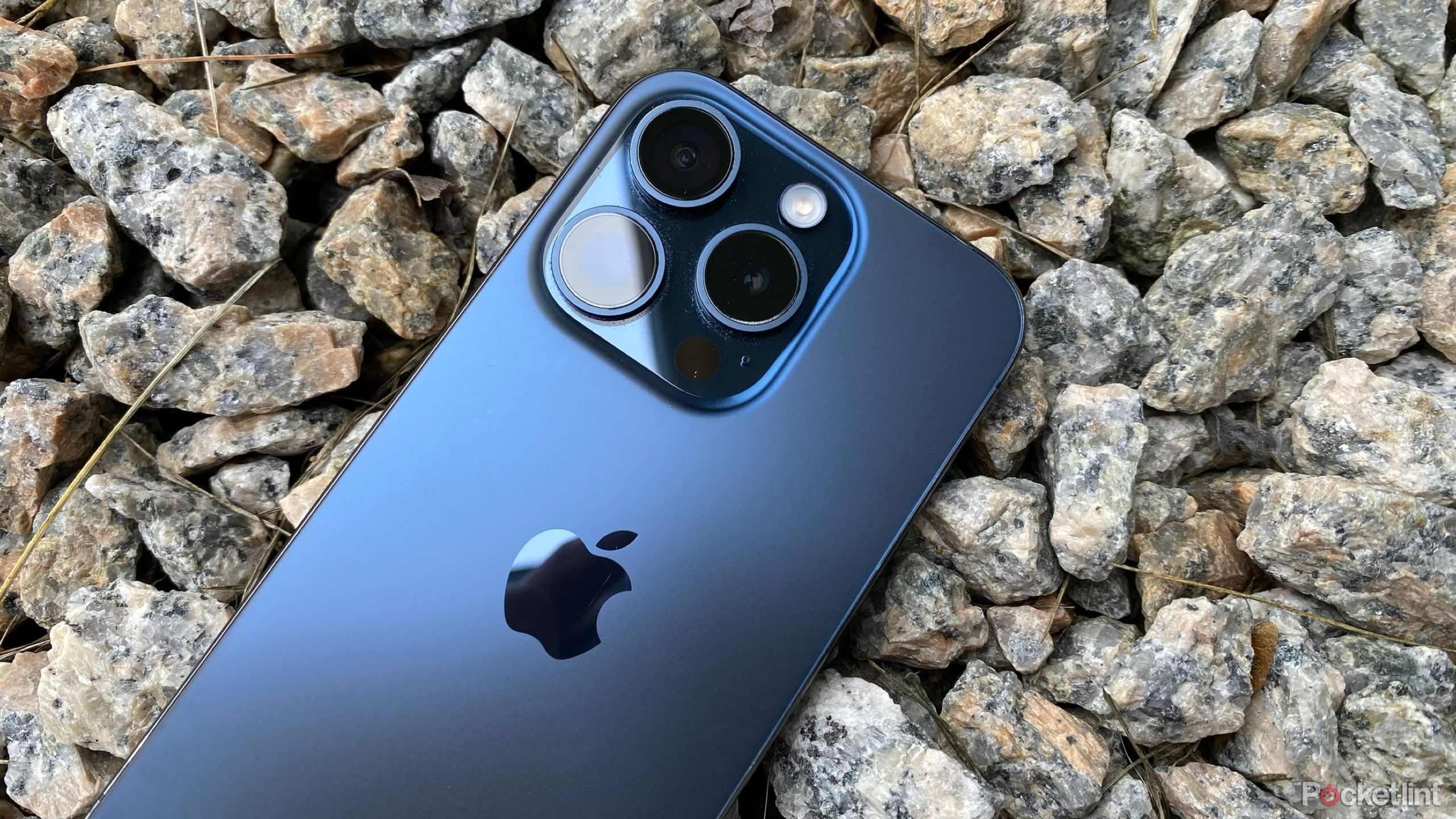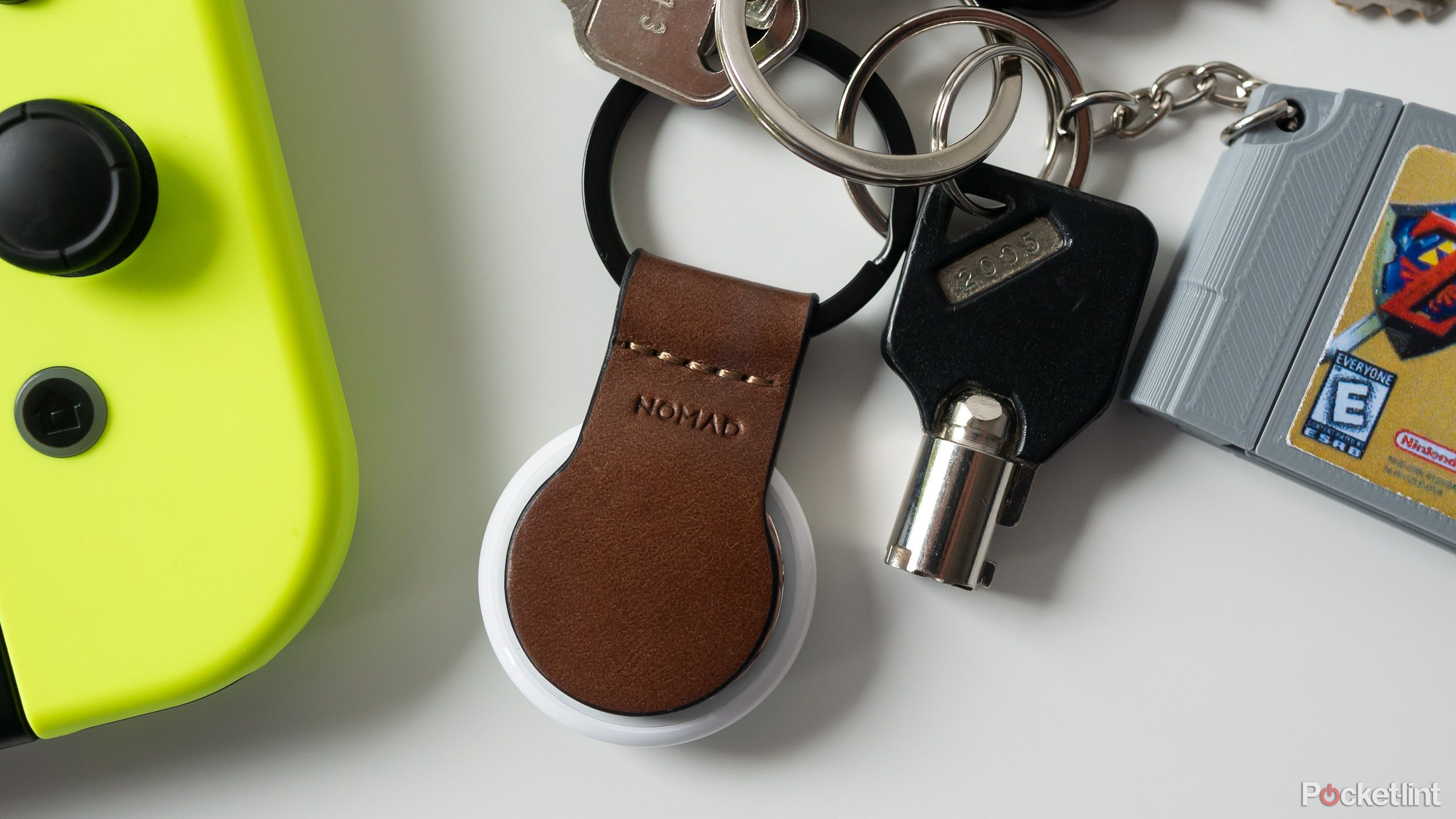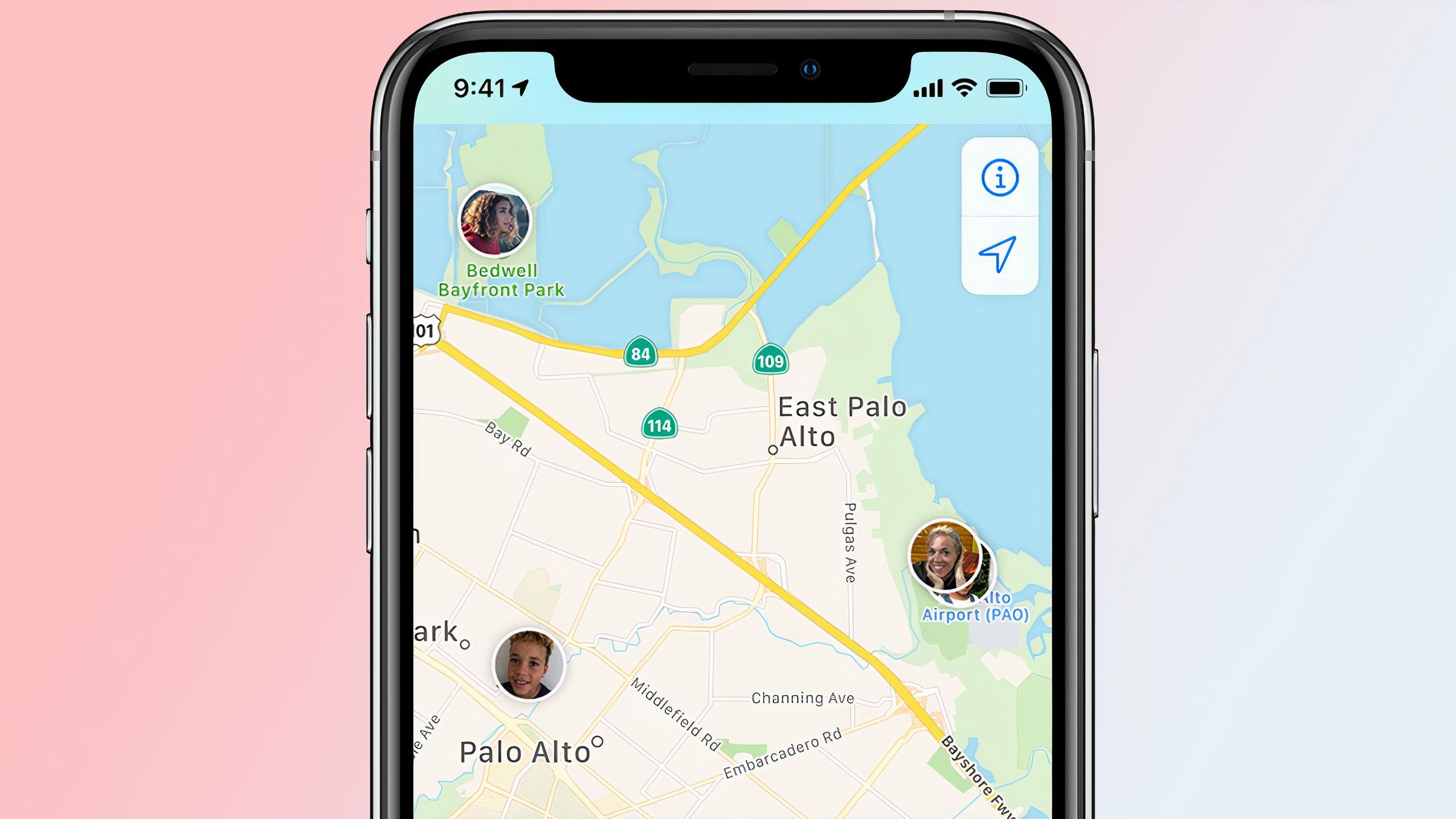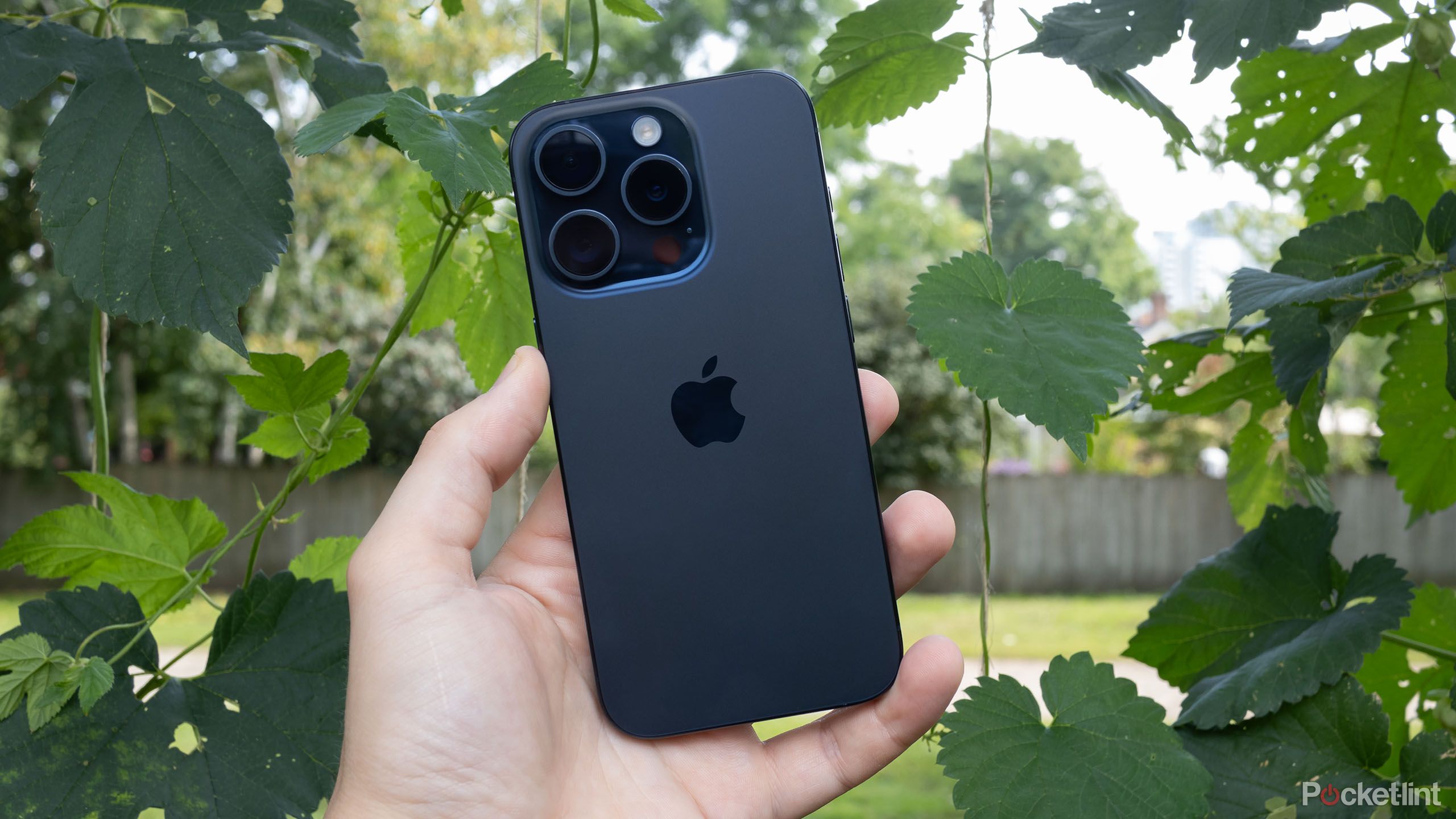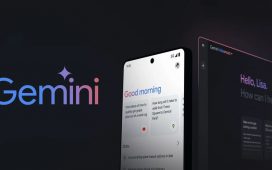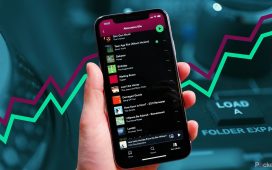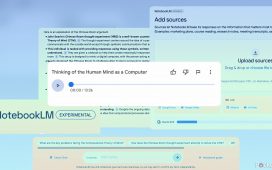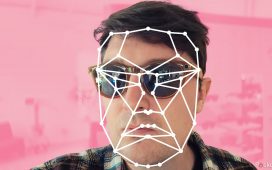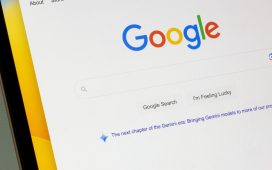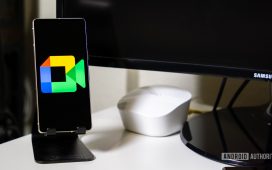Key Takeaways
- Find My is most useful for theft recovery and tracking down lost devices and accessories.
- AirTags can help you track almost anything.
- You can also track other people, and let them track you, as long as everyone is consenting.
Long-time Apple users probably don’t need to be sold on the Find My app, but if you just bought your first iPhone, iPad, or Mac, it’s a legitimate thing to be curious about, especially because the company doesn’t go out of its way to promote it. And strictly speaking, you don’t need it — it’s not as if an iPhone without Find My can’t make calls and texts, or play a round of Tetris or Civilization while you’re waiting for the bus — but it can be a gamechanger in a pinch.
There are several good reasons to start using Find My if you haven’t tried it yet. Who knows — in a few years, you could find yourself using it every day like the rest of us.
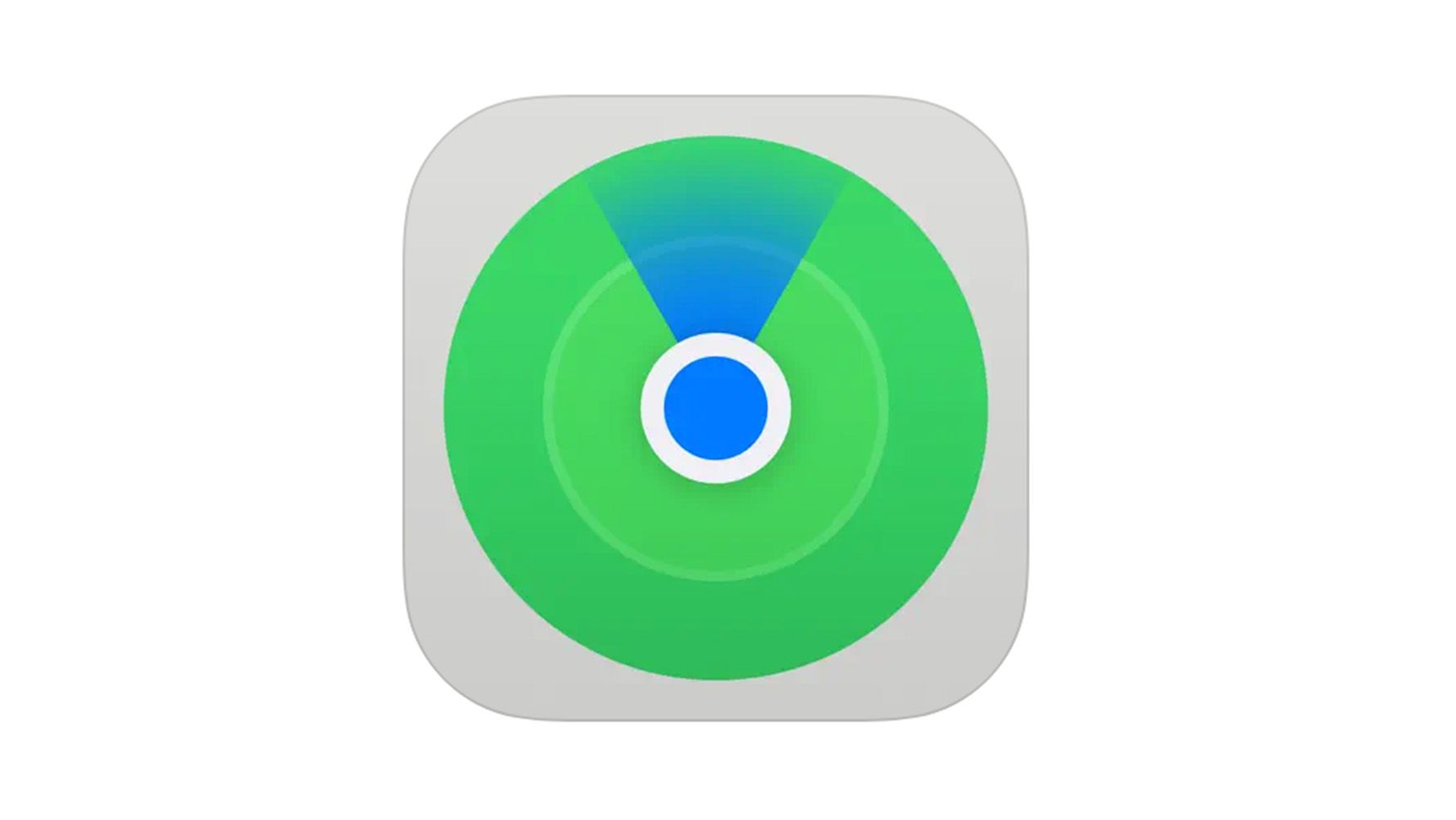
Find My
Apple’s Find My allows you to view the location of your Apple devices, locate items you’ve attached AirTag too, and track the location of your friends and family.
1 Protecting yourself against theft
A slim chance is still better than none
Simply put, if your iPhone, iPad, or Mac gets stolen, Find My may be the only hope you have of recovering it — or preventing further damage. When Find My is active, an Apple device will regularly broadcast its location data to you as long as it’s connected to the internet and hasn’t been wiped yet. That info can be shared with the police, who can potentially get your device back and arrest the thief, even if the odds aren’t always great.
If the chances of recovery look faint, you can use Find My to trigger a remote data wipe.
If the chances of recovery do look faint, you can still use Find My to trigger a remote wipe yourself, whether via the app or icloud.com/find. This is strongly recommended, since you don’t want to risk a thief getting access to your passwords, bank accounts, or other sensitive data.
2 Finding your lost headphones (and other items)
Never panic about lost gear again
More recent AirPods and Beats headphones now show up in Find My by default, making it easier to track them down if you accidentally left them somewhere. In some situations, you may be able to trigger a sound, which is obviously handy if your AirPods Pro case is hiding under a couch cushion or forgotten in the kitchen.
As long as both devices have ultra-wideband (UWB) radios, Find My further enables a feature called Precision Finding. At short range, this can tell you exactly where a device is, including whether it’s above or below you. Some examples of UWB-equipped products include iPhones, AirTags, and the second-gen AirPods Pro case.
Speaking of
AirTags
, those can be life-changing if you’re prone to losing things like your keys. On long trips, they can be outright lifesavers — losing your passport or laptop bag might spell disaster.
3 Keeping tabs on friends and loved ones
A little reassurance goes a long way
Apple / Pocket-lint
While the people you’re following have to both consent and own a compatible device, tracking friends and family via Find My can be great for peace of mind. You might learn that your partner is just stuck in traffic, for example, or that the friends you’re meeting in Seattle are already at the Gas Works. Some parents will even use their kid’s iPhone or an AirTag to make sure they’re safe at school.
You do need to exercise some restraint. Obsessively tracking someone can be unhealthy, and potentially a violation of trust — people tend to be creeped out if someone is watching where they are around the clock. Avoid monitoring anyone in Find My’s People tab unless you really need to.
4 Letting others know you’re safe
Check in whenever you come and go
This is really an expansion of the last point, but one of the options in Find My’s People tab is the ability to create geofence notifications — that is, automatically alerting someone when you leave or arrive at a particular location you mark via Apple Maps. You might let your partner know when you’ve left work or the gym, for example, or when you’re finally back home. You can make these notifications one-time or recurring, so they’re also useful if you’re on vacation or business trip.
You can also set up alerts for when someone else is coming or going. Be aware though that they’ll be notified about this — it’s best to talk to someone in advance if you don’t want them to be weirded out.

